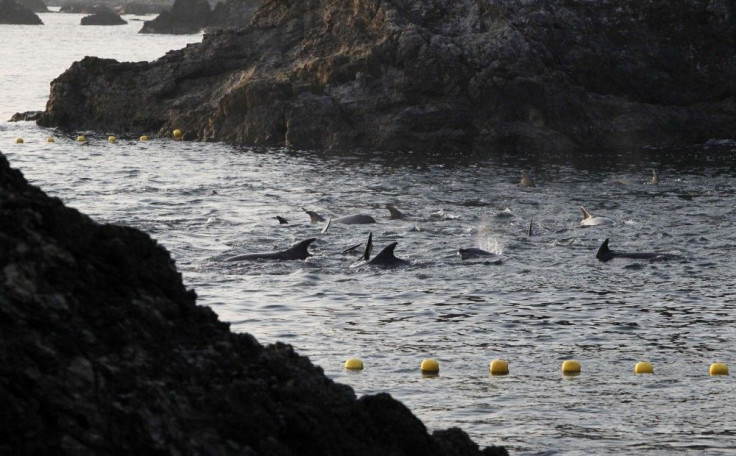Ancient Dolphin, Seabird Fossils Found In New Zealand, Links Zealandia To Antarctica

New Zealand scientists have discovered an ancient fossil belonging to a dolphin family that once lived around the country's waters millions of years ago. The recent discovery was named "Papahu taitapu" and known as the first of its kind to have the closest relationship to modern dolphins and toothed whales.
According to the researchers from the University of Otago, the Papahu had roamed the waters about 19 to 22 million years ago. It is one of the few dolphins to be officially reported globally as originating from the Miocene epoch.
Scientists examined the ancient fossil and judging from the skull's size, the Papahu was estimated to be 2 meters long and closer to the size of the modern dolphin.
Prof. Ewan Fordyce and Dr. Gabriel Aguirre from the university's Department of Geology published a report about the Papahu in the recent issue of Journal of Vertebrate Paleontology. The report was part of Dr. Aguirre's doctorate research.
Aguirre said the Papahu were like most dolphins with simple conical teeth. The only difference would be its wider head unlike the modern dolphin's high-domed one.
The Papahu was believed to have lived in warmer temperatures, usually in shallow waters surrounding Zealandia along with the ancient baleen whales and penguins.
Zealandia is the continent of New Zealand and part of Gondwana, a former supercontinent between the Indian-Australian and Pacific Plates. Zealandia is almost completely submerged in water.
The Papahu taitapu's jaw, skull and other parts were discovered in marine sedimentary rocks on South Island's Cape Farewell region. Papahui is a Maori term for dolphin while taitapu is also a Maori name in honor of the region.
Kiwi scientists have found only one specimen so far. The fossil is currently stored in the Geology Museum of the university.
Ancient Seabird Linked New Zealand To Antarctic
Meanwhile, an ancient fossil of one of the oldest flying seabirds has been found in Waipara. According to fossil hunters, Canterbury was once the home of this ancient flying species.
Canterbury Museum's Dr. Paul Scofield and Senckenberg Research Institute and Natural History Museum's Dr. Gerald Mayr have published their findings about the ancient bird in the Journal of the Royal Society of New Zealand.
Previously unknown, the fossil was discovered by Leigh Love, an amateur fossil collector from Waipara. Since he found the bones of the ancient seabird, the species was named "Australornis lovei."
Scofield estimated that the bird must have lived between 60.5 to 61.6 million years ago and appeared similar to the two species found in the Antarctic Peninsula. Since New Zealand is part of the continent Zealandia, the ancient seabird provides a possible link to Antarctica.




















